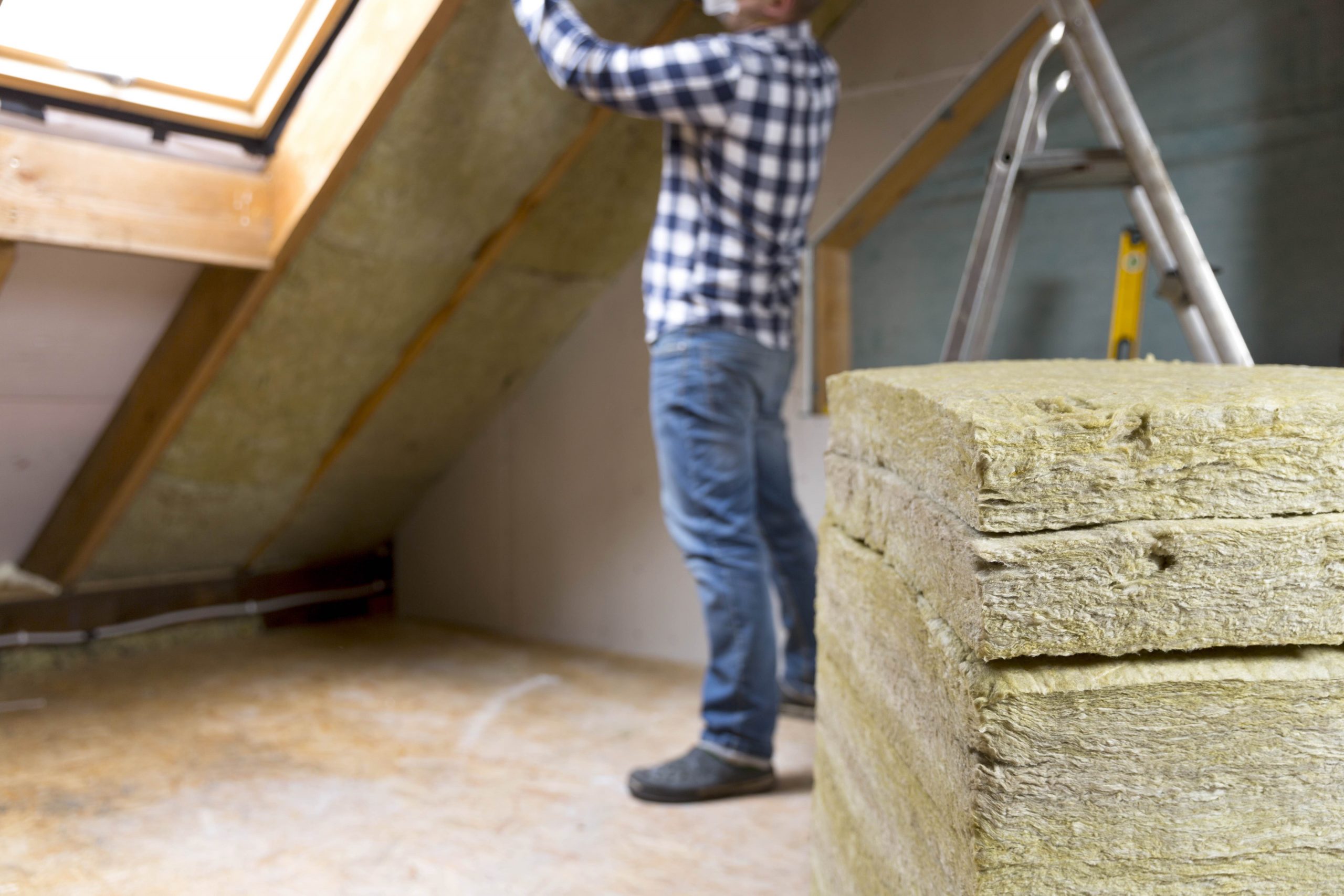If you’re concerned about the world you’re leaving your kids and grandkids, then you might want to broaden your concept of a “retirement investment” beyond conventional investments.
You can develop some creative sustainable investment strategies by focusing more attention on the “E,” or expenses, portion of the common-sense formula for retirement security:
I > E, or Income greater than living expenses
For example, if you spend some of your retirement savings on purchases that permanently reduce your living expenses, it could have roughly the same effect on your financial security as earning dividends and interest on conventional retirement investments. Examples of creative sustainable investments that could reduce your energy, water, gas or repair bills include:
- Installing solar panels
- Replacing your existing roof with a “cool” roof that reflects the sun’s energy, reducing heating needs
- Insulating your home
- Installing high-performance windows
- Investing in energy-efficient appliances
- Installing programmable thermostats, motion-sensing lights, and low-flush toilets
- Landscaping with drought-tolerant plants
- Installing drip irrigation or water-conserving fixtures
- Buying an electric vehicle
An illustrative example
Let’s look at the details of one example: Suppose you invest $25,000 in a solar panel system for your house, and it reduces your electric bills by $2,500 per year, which is not an unreasonable result. As part of the sales process, many solar panel installers will estimate how long it will take to capture your original expenditure. In this example, you’d capture your investment in 10 years.
Although that may seem like a long time, instead you might be able to justify using some of your retirement savings for this purchase by adopting an investment mindset. Dividing $2,500 by $25,000 results in an annual after-tax return of 10%, which can compare favorably with returns on stocks, bonds, mutual funds, and exchange-traded funds.
Additional advantages to creative sustainable investments
Of course, there are some nuances that can complicate the comparison between creative sustainable investments and conventional retirement investments. For example, you might experience additional advantages with your creative sustainable investments:
- Any reduction in your living expenses provides you with more after-tax money to spend on something else, while any income you earn on conventional after-tax investments is subject to income taxes, thus reducing your net return. In addition, if you’ve invested your retirement savings in pre-tax IRAs or 401(k) accounts, sooner or later you’ll pay income taxes on your withdrawals, again reducing your net return. Considering the impact of income taxes gives an advantage to these creative investments.
- There can be federal and state tax incentives to reducing your energy or water consumption, further saving you money and increasing the “return” on these investments.
- The above solar panel example doesn’t factor in the impact of inflation on your future energy and water bills, which may be inevitable in many parts of the country. Taking inflation into account may provide another advantage to creative sustainable investments.
Additional advantages to conventional investments
On the other hand, conventional retirement investments also have a significant liquidity advantage over creative sustainable investments. With conventional investments, you always know their value, and you can usually withdraw your investment if you need to spend it on something else. By contrast, the value of any home improvements might in theory increase the value of your home, but you most likely won’t realize that value until you sell your home, if you ever do. Until then, in most situations, you won’t have access to your original investment.
As you can see, there are many nuances to consider when evaluating and integrating your investments with respect to your values and your financial security. Given the stakes for both your financial security and the planet, it’s a good use of your time to explore creative solutions to invest your retirement savings.

